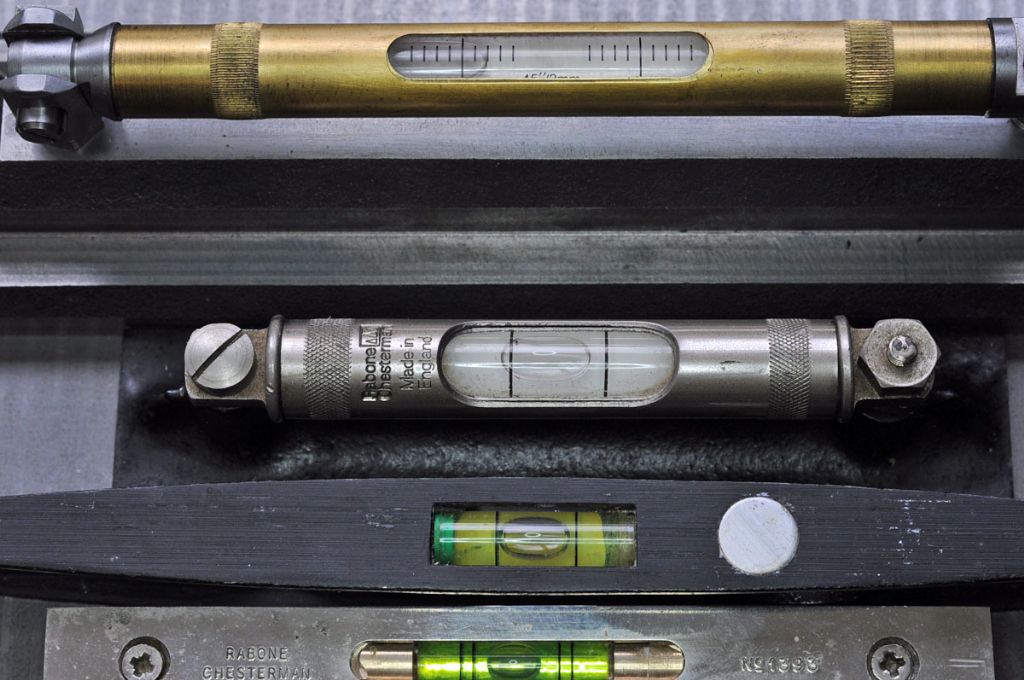Posted by Clive Hartland on 07/09/2022 15:26:03:
One rule when using a level, 'Never touch the Bubble'. I had to drum this into the heads of the gunners when setting up the guns.
…
Can you explain how guns are set up Clive, I've always wondered?
I've got a couple of books that explain Naval Gunnery in a lot of detail, and very complicated it is too! On land, a 15" Naval Gun could land shells inside a tennis court 18 miles away, the shell taking over 70 seconds to travel that far. In addition to accurately knowing both positions and the range, this level of accuracy required corrections for Coriolis effect, humidity, wind speed, air temperature, state of the rifling, temperature of the barrel, and temperature of the propellant. Extra difficult at sea, because the gun platform is manoeuvring in a sea-way and shooting at a distant target that is also manoeuvring. Thus the firing solution has to predict where a target that might be when the shell lands up to a minute or so after being fired, and has to take account of the ship's roll, pitch and yaw. But unlike on land, ships don't need an accurate map because they can see each other. Artillery on land has a different problem – the shooter and target can't see each other, so some other method must be used to find range and direction.
Say a unit turns up in a field with a battery of guns and has to fire over a range of hills at invisible targets beyond. How are the guns oriented accurately before the shoot so that the range and angle to the target can be calculated accurately? And how is the position of the target described to the battery – map references?
I suppose today that GPS simplifies the 'where are the guns relative to the target' problem considerably, but how was it done in places like WW2 Burma that weren't accurately mapped? It implies to me that Artillery units must be supported by a substantial mapping/survey effort.
I guess it's a bad idea in the field to group the guns and their ammunition too close together but that means the range and angle from each gun to the target must be slightly different. How are the corrections managed?
Seems to me the technical characteristics of an individual gun might not be as important as the organisation behind it! Is aiming and firing guns in the Army just part of a rather sophisticated system designed to hit targets quickly and efficiently?
Sudden thought, perhaps exactly how Artillery works isn't described on the web because it's a secret…
Dave
SillyOldDuffer.





